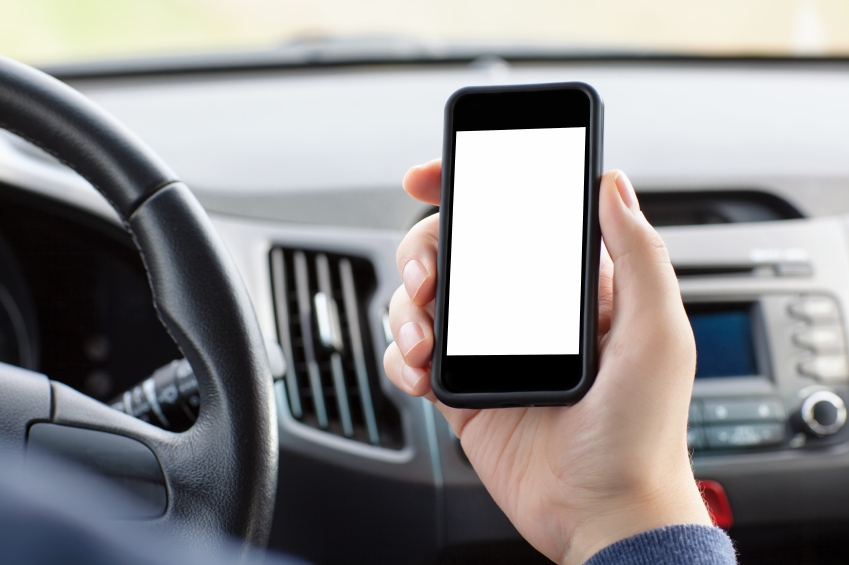
|
Experts say that drivers make more than 200 decisions during every mile they travel. Emphasize to employees that they can’t make safe decisions if their minds and eyes are not completely focused on the road when they drive. When your drivers are “on,” everything else should be “off.”
It’s Not Just the Phone
Although cell phone use, including texting, is the distraction most often in the news, it is far from the only dangerous behavior drivers can engage in behind the wheel. According to the NHTSA, distracted driving is “any activity that could divert a person’s attention away from the primary task of driving,” like eating and drinking, talking to passengers, grooming, reading or looking at maps, using a navigation system, and adjusting in-car entertainment systems.
Does your work area have a substantial amount of lighting? Don’t put your workers at risk with a dark work area! Download this free asset today to learn more!
So, what can employers do to prevent their employees from engaging in these dangerous behaviors behind the wheel? The NHTSA recommends implementing a distracted driving policy that emphasizes the importance of distraction-free driving, and it makes it clear that employees are not expected to respond to phone calls, e-mails, or text messages while behind the wheel. Make sure they know: It’s OK to hit the “off” switch.
Keeping in Touch
Some workers may not be completely comfortable with a no-contact policy while they’re on the road, especially if they’re on the road a lot. For employees who travel frequently for business, suggest the following strategies to stay focused and connected:
- When traveling, stop to check voicemail, e-mail, and text messages at regular intervals.
- Set up an automatic reply on your cell phone that informs those who attempt to contact you while you’re behind the wheel that you’re driving and will return their call or message as soon as you can.
- Place your cell phone and other devices that may be distracting out of reach of the driver’s seat.
Without proper illumination, risk for accidents and injury is increased. Download this free asset, Safety and Reliability in High Mast, Light Tower and Area Lighting, to learn more!
- Assign a distinct ringtone to important business contacts. If you hear that ringtone when you’re driving, find a safe place to pull over and return the call.
- Block out times you expect to be on the road in your calendar so that coworkers are less likely to attempt to contact you while you’re driving.
Workers who are able to hit the “off” switch on devices while they’re driving will be safer drivers.
For more fleet safety strategies, pull over and check out Safety.BLR.com®.
